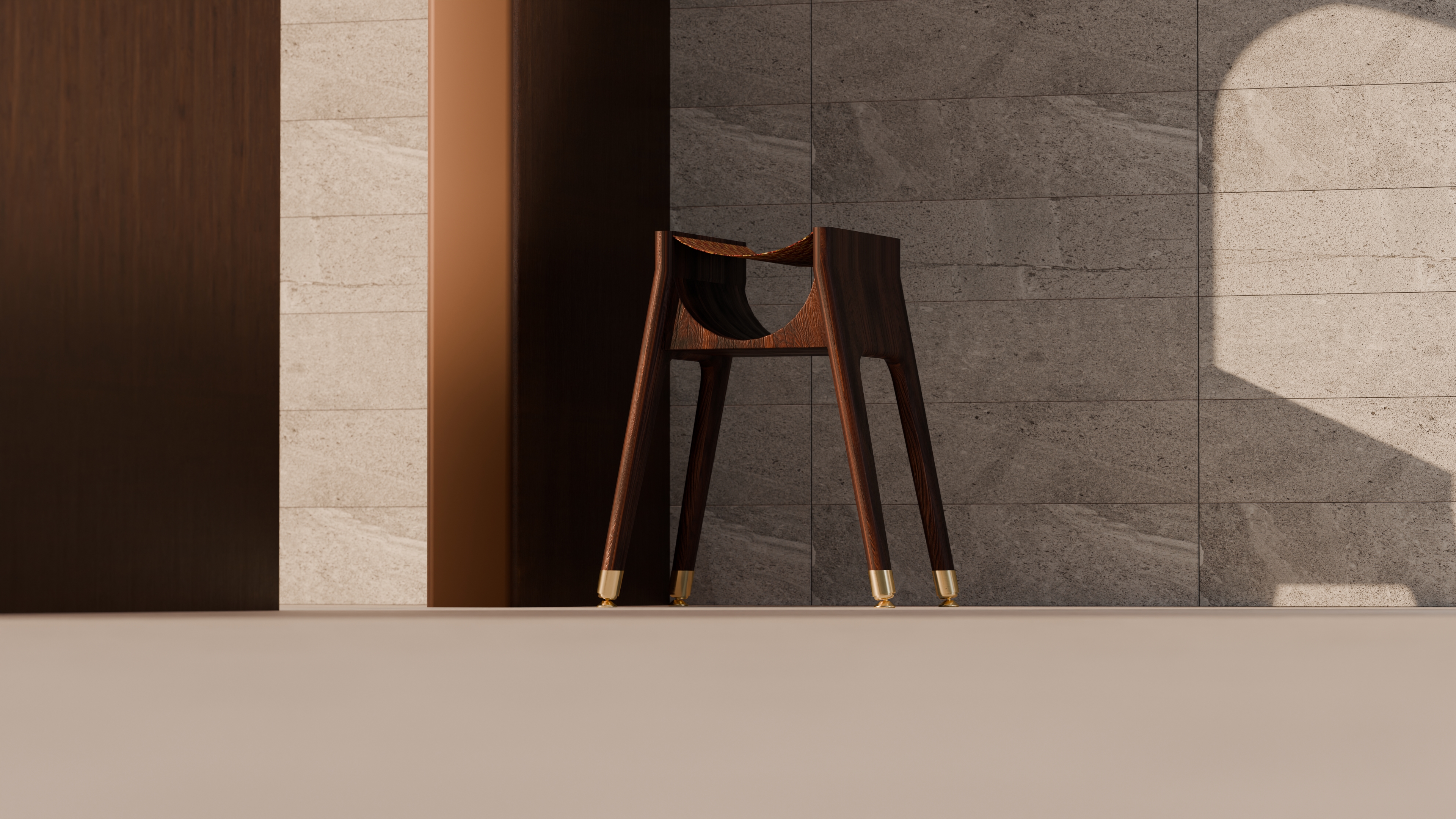

When sustainability is treated as an add-on, how do we create furniture where material ethics are the foundation, not the footnote?
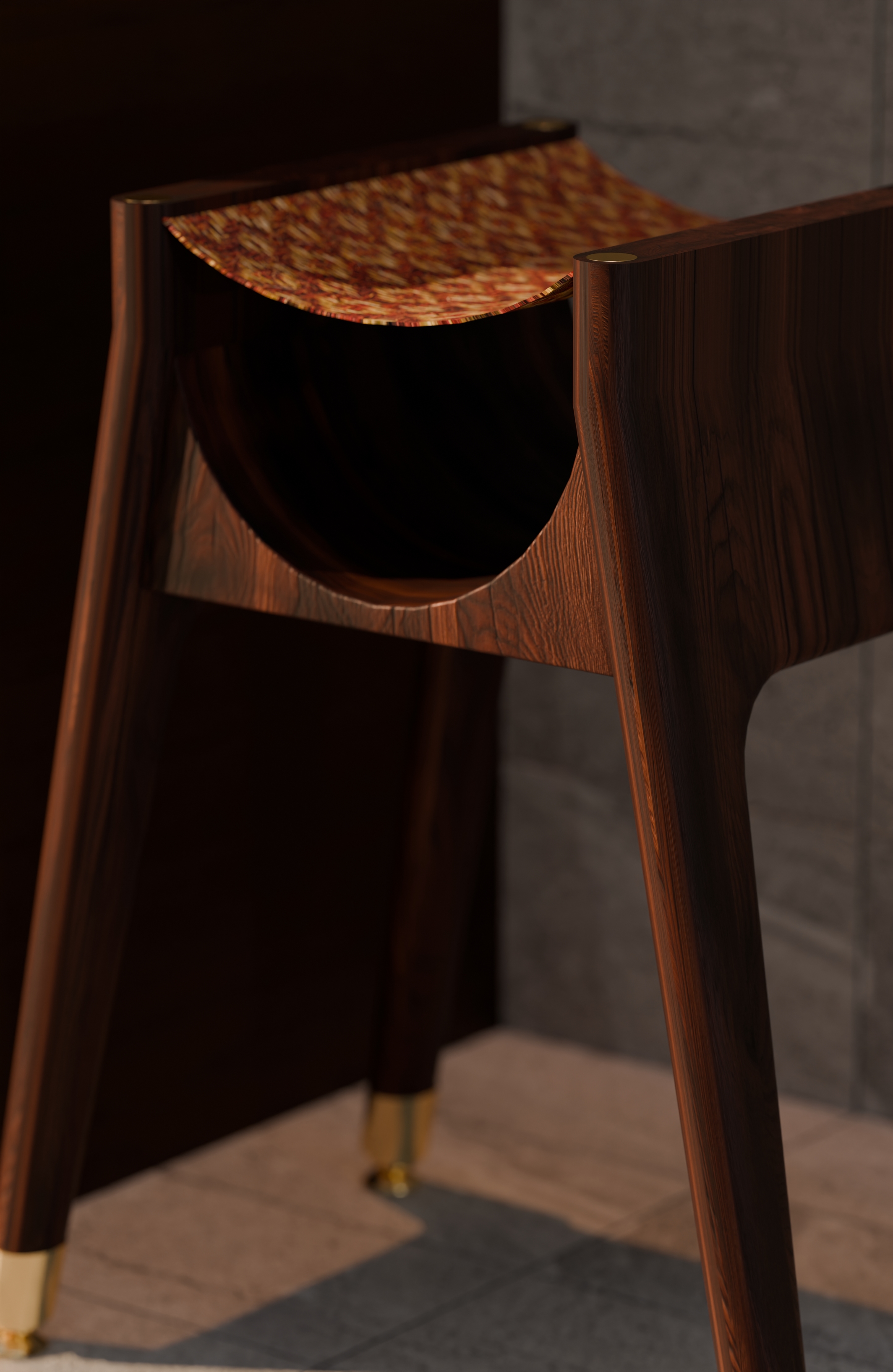
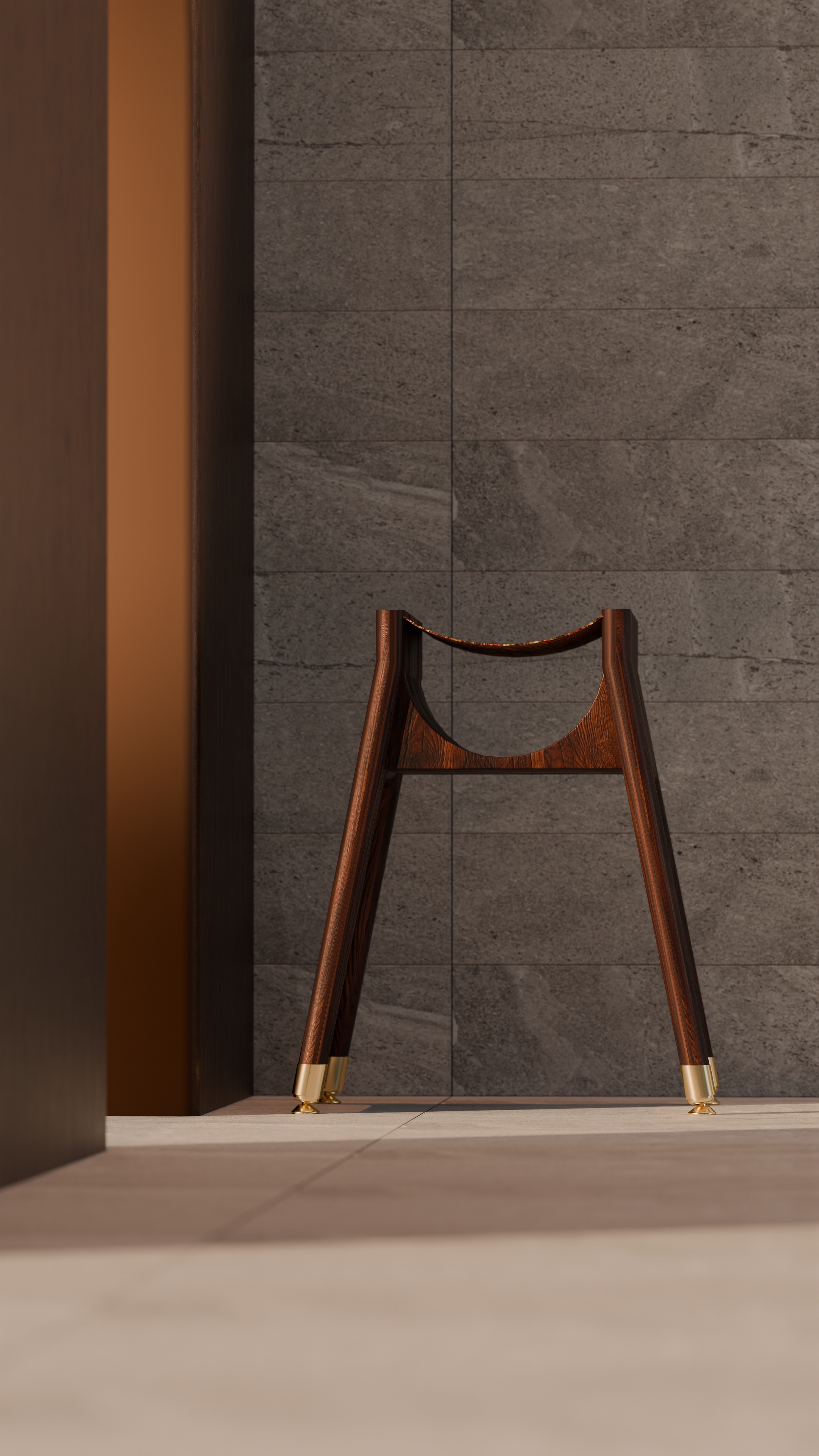
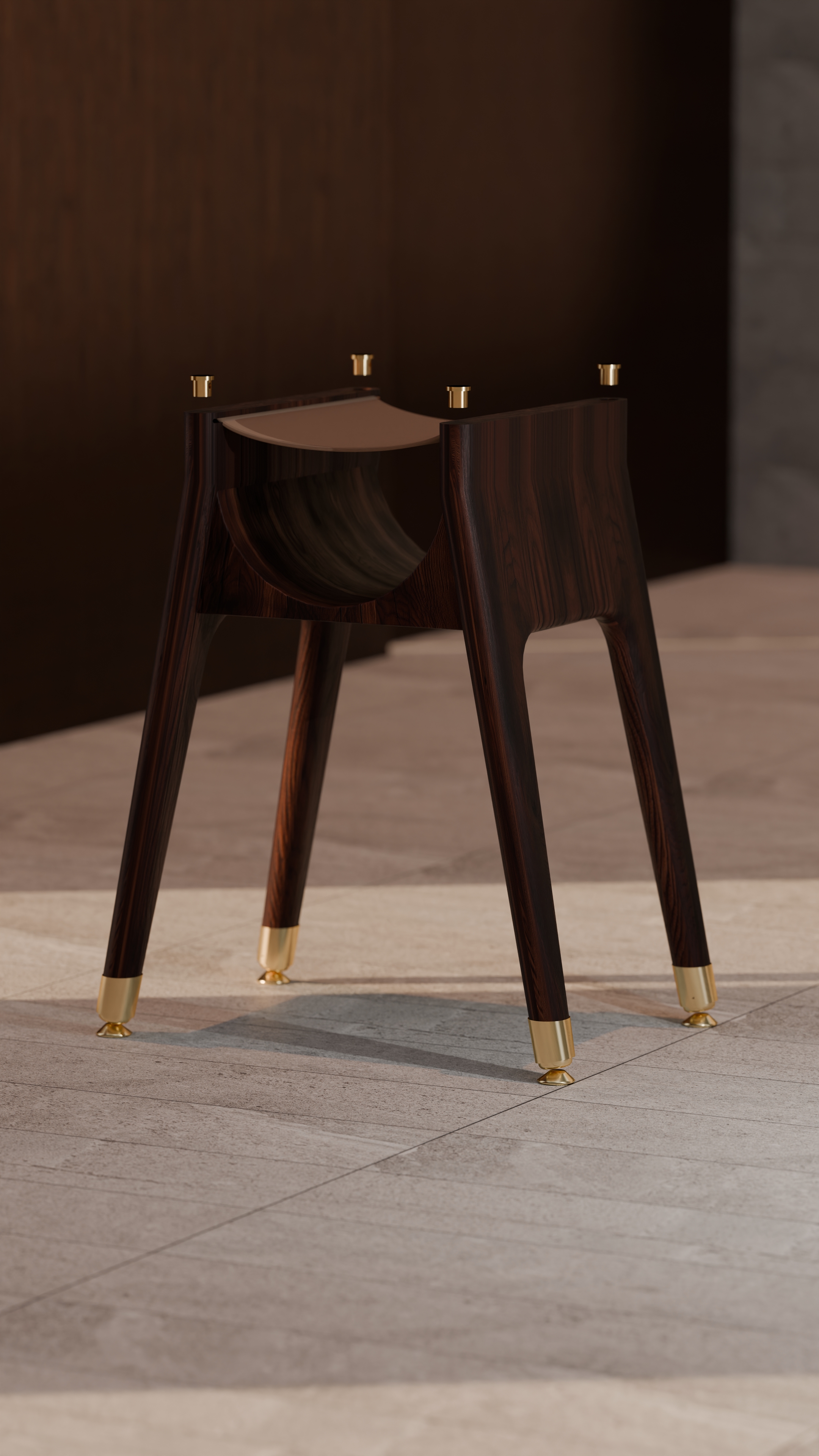
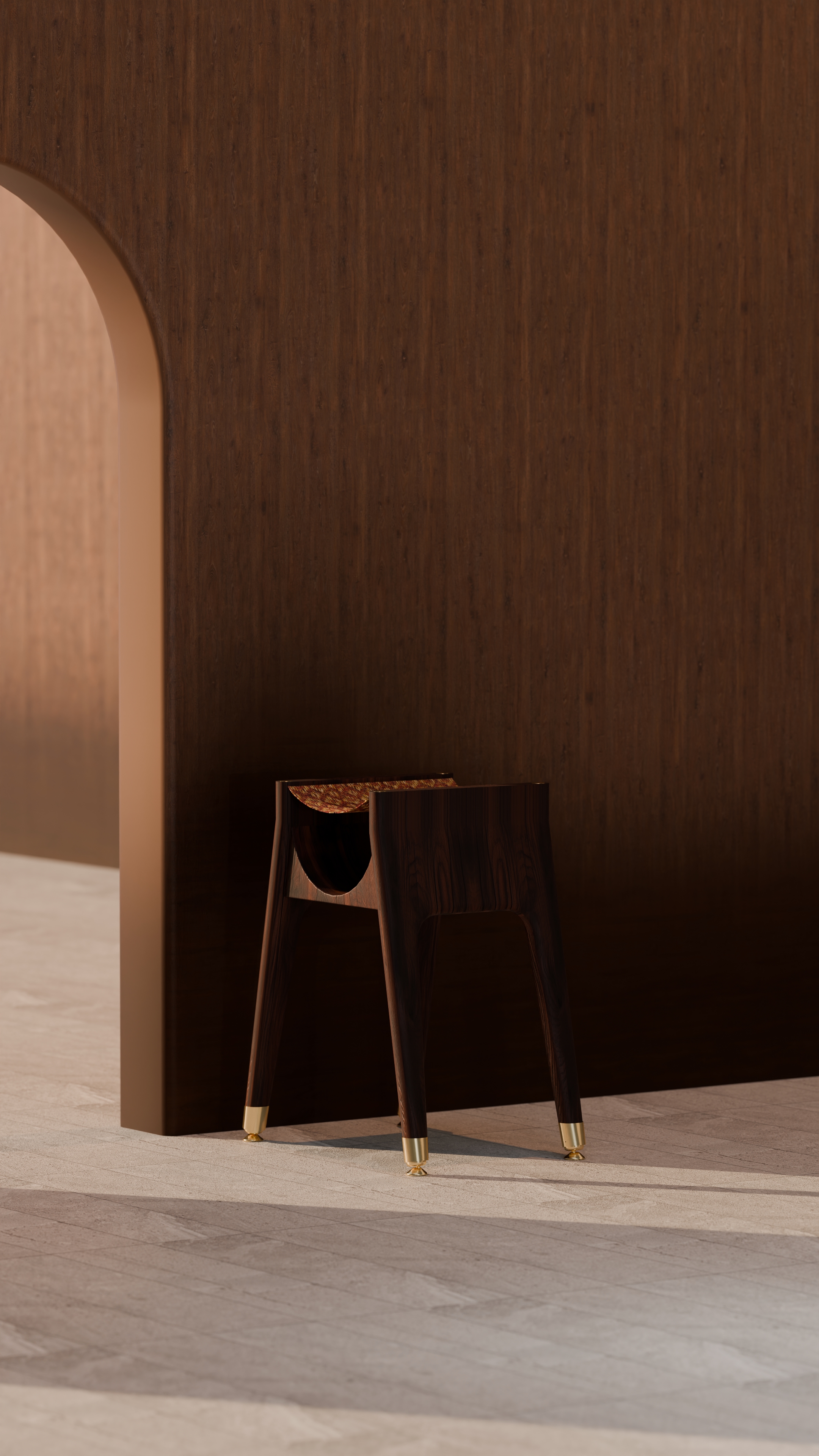
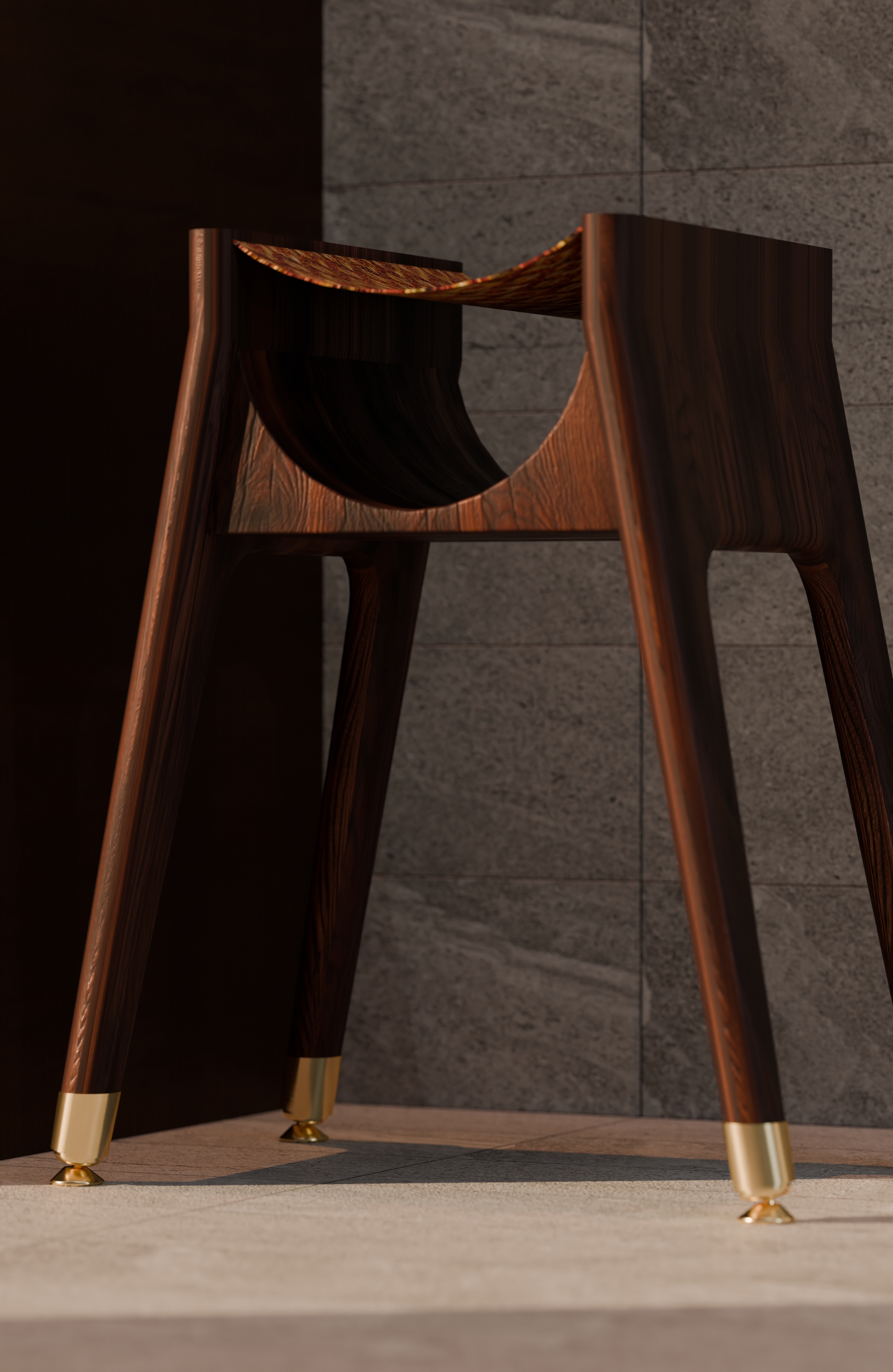
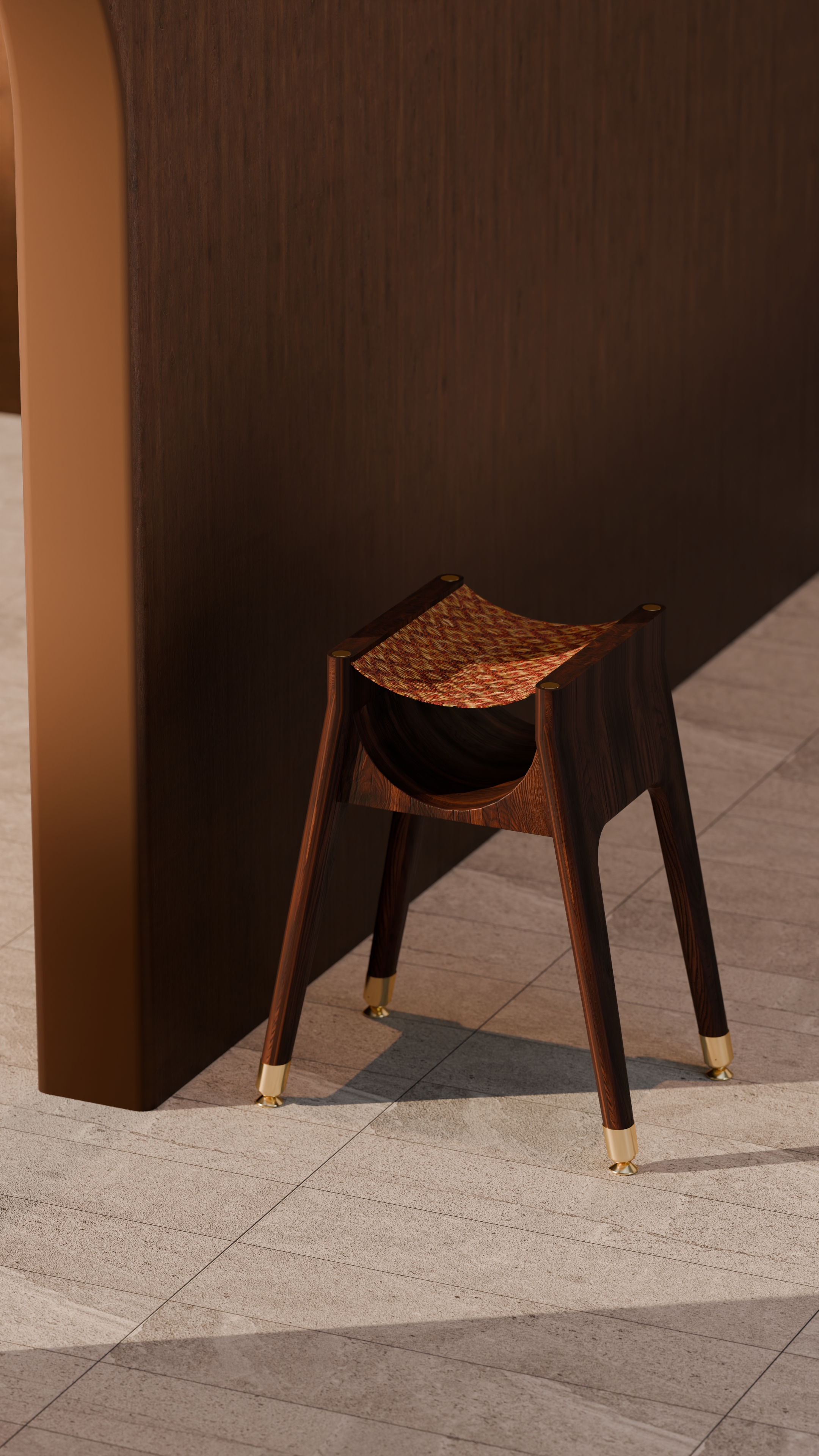
The Mariner’s Stow began as a creative response to the problem of misplaced books, a temporary storage solution for readers in motion. Now, it stands as a tactile exploration of sustainable design.

Crafted from reclaimed cherry wood and material from discarded fishing industry textiles (such as sail cloth, and Nylon Netting), the piece functions as both a catchall and a refined companion in the home’s entryway.

Two tilted wooden panels lean toward each other at a gentle angle, creating a natural tension that supports two distinct storage zones:
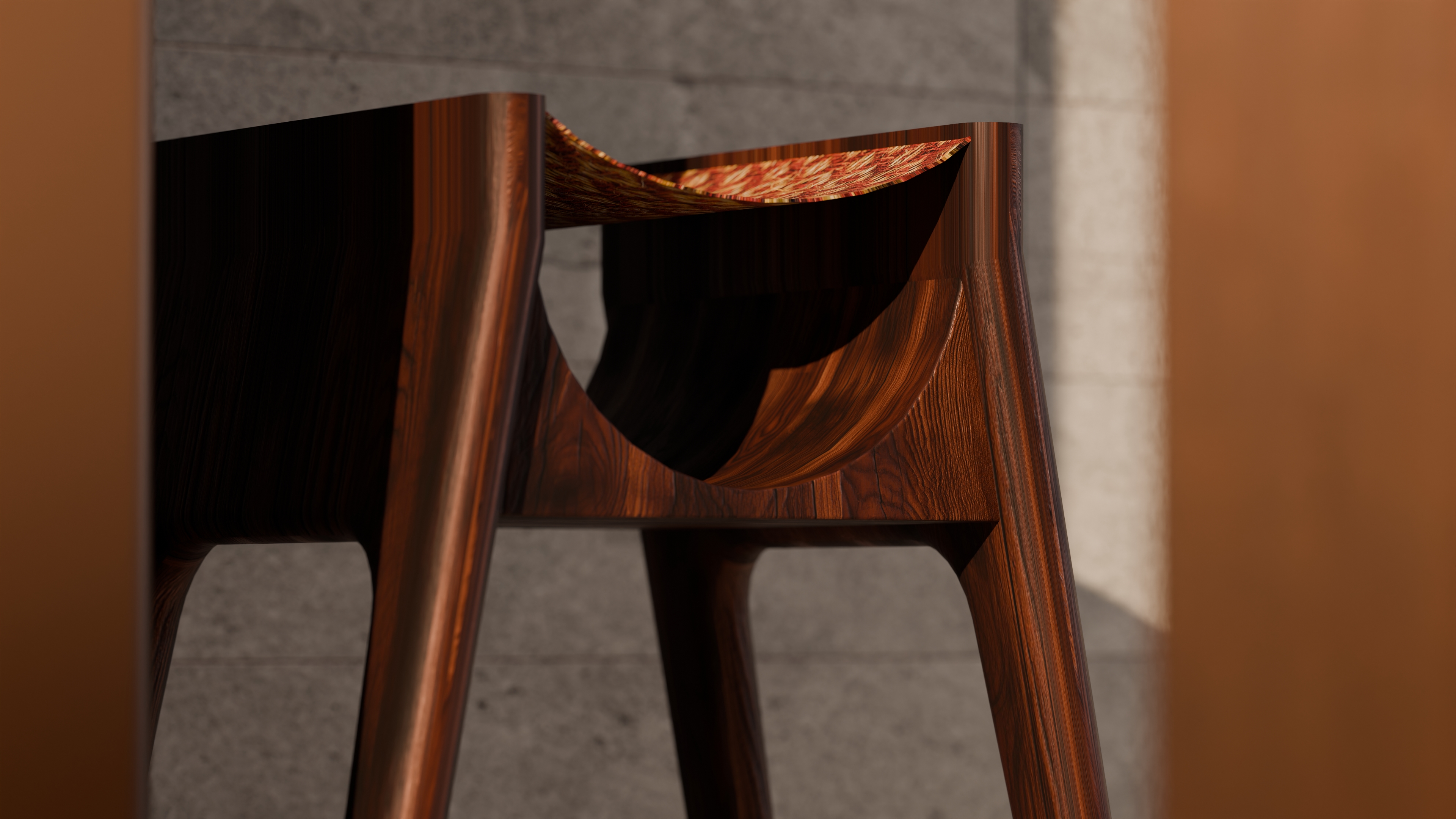
More than just a piece of furniture, The Mariner’s Stow is a boundary marker, of out versus in.
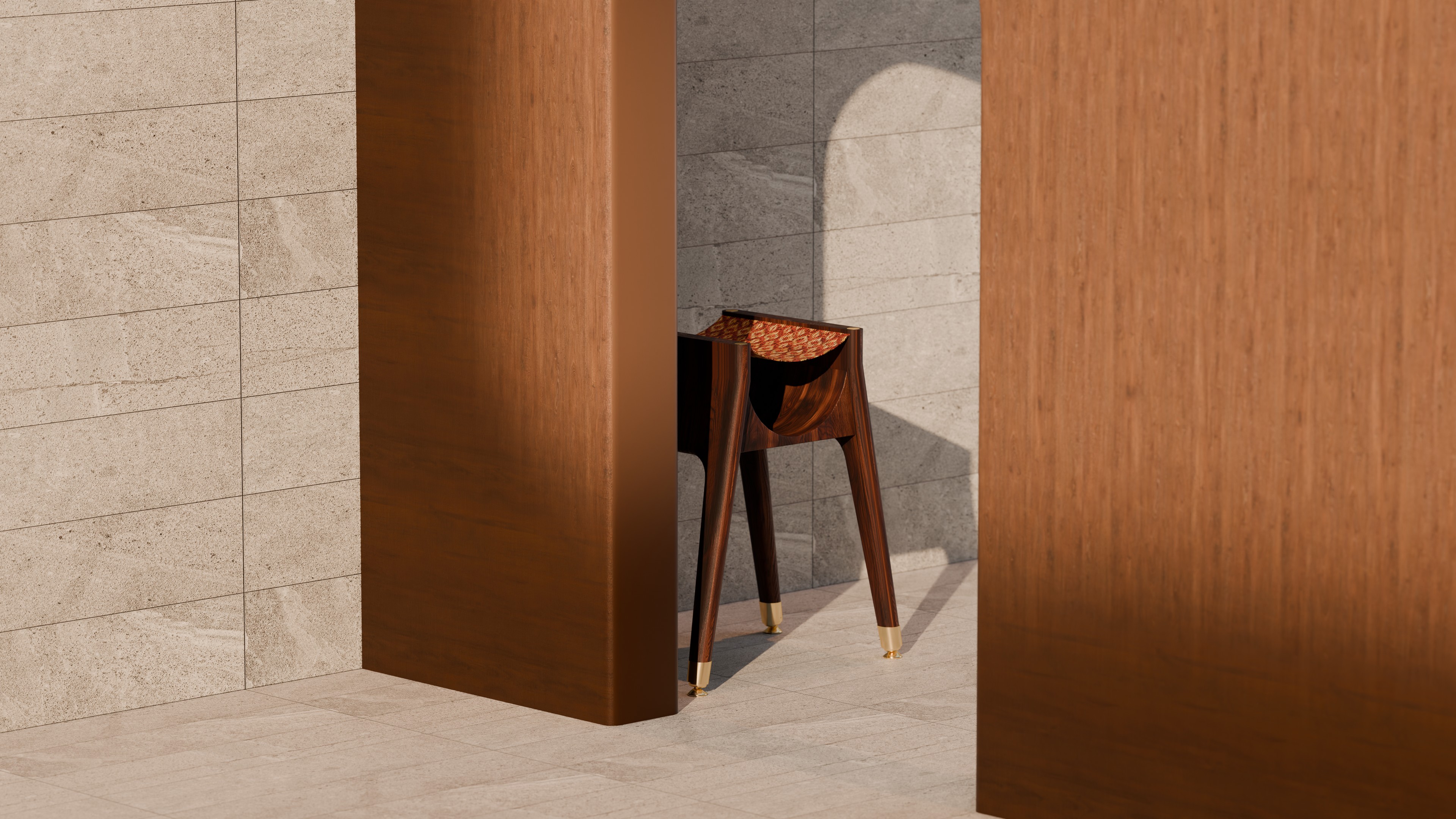


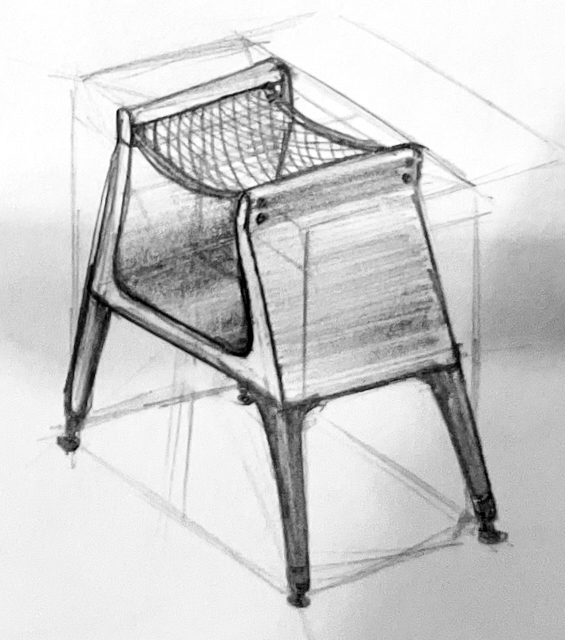
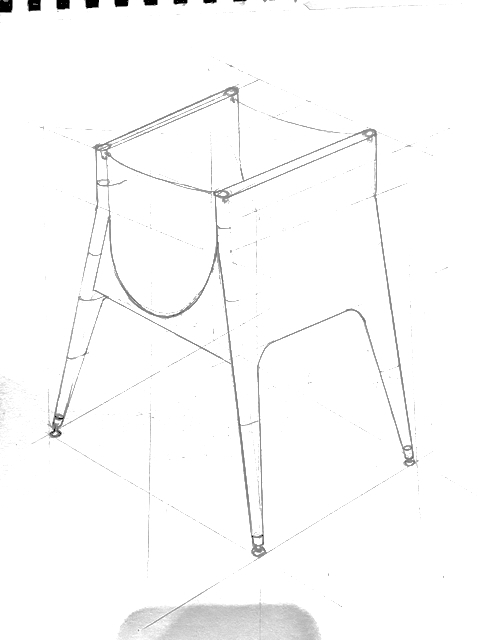

Furniture design is still largely linear: extract, produce, discard. Even sustainably branded furniture often relies on virgin materials shipped across the globe. Meanwhile, beautiful, high-quality waste is piling up in scrapyards, mills, and oceans.
Below were early sketches and models for stools and pieces of furniture that could function as "time machines" for these old but still useful materials that can still go with us into the future.